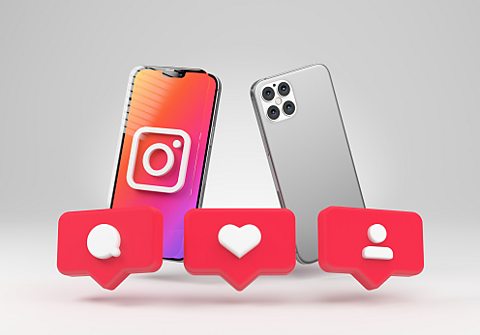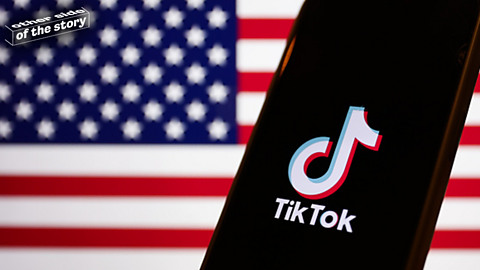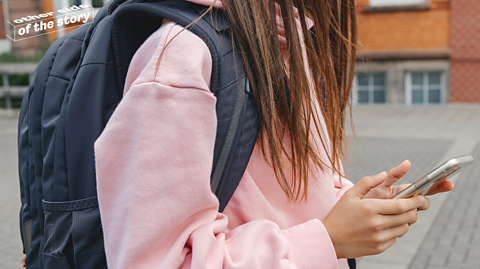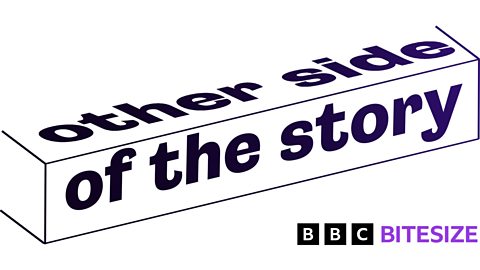Instagram announced some changes to its platform in order to provide greater protection for young people who have accounts. But what are the changes and how could they impact your account?

What are Instagramâs new safety features?
Anyone under the age of 18 who uses the platform will automatically be placed into a âteen accountâ where many privacy settings are turned on by default, instead of users having to opt in.
If youâre aged over 16 you can turn these settings off to opt out, but anyone aged between 13 (the minimum age to have an Instagram account) and 16 would need to get parental approval before making these changes.
Users with teen accounts will have to approve all new followers and their posts will be set to private so that they are unviewable to people who don't follow them.
The changes also mean teen accounts will only be able to contact people they are already connected with, and their accounts will have the strictest sensitive content settings, limiting what they can see.
What other changes are Instagram making to teenagerâs accounts?
The new teen account also has the functionality to include time limits and notifications for users e.g. telling them to leave the app after an hour's use each day. Users can also get sleep reminders.
Parents who choose to supervise their child's account will be able to see who they message and the topics they have said they are interested in - though they will not be able to view the content of messages.
This functionality is part of the new Supervision tools and insights for parents and guardians. These tools are optional and both the parent and teen must agree to participate. These features can be removed at any time by either person, however, the other people will receive notification that they have been switched off.


When are the new Instagram accounts for teenagers being introduced?
The new accounts were announced on Tuesday 17 September in the UK.
New users aged under 18 who sign up to the platform will be automatically placed into one of the new accounts, while existing teen users will be moved across to the new experience within 60 days of Instagram notifying them about the changes.
The accounts are also being launched in the US, Canada and Australia and will come to the EU later this year.
How does Instagram verify a userâs age?
Instagram uses age verification technology to check the age of teenagers who try to change their age to 18+, through a video selfie.
From next January, Instagram will start using AI in the US to try and proactively detect teens using adult accounts.
Why is Instagram making changes to teenagerâs accounts?
Introducing the changes to their platform, Instagram said: âWe know parents want to feel confident that their teens can use social media to connect with their friends and explore their interests, without having to worry about unsafe or inappropriate experiences.
âThis new experience is designed to better support parents, and give them peace of mind that their teens are safe with the right protections in place.â
The UK's Online Safety Act, passed in October 2023, also requires online platforms to take action to keep children safe, otherwise they can face huge fines.
Are other platforms going to make similar changes?
Snapchat has already introduced functionality that can let parents see who their child is messaging and allow them to limit their ability to view certain content.
In early September YouTube also said it would limit recommendations of certain health and fitness videos to teenagers, such as those which "idealise" certain body types.


Not sure if the news youâre seeing on social media is true or false? Can you always tell if the things you see online are real or fake? Learn how to get the other side of the story with our quizzes, videos and explainers.


